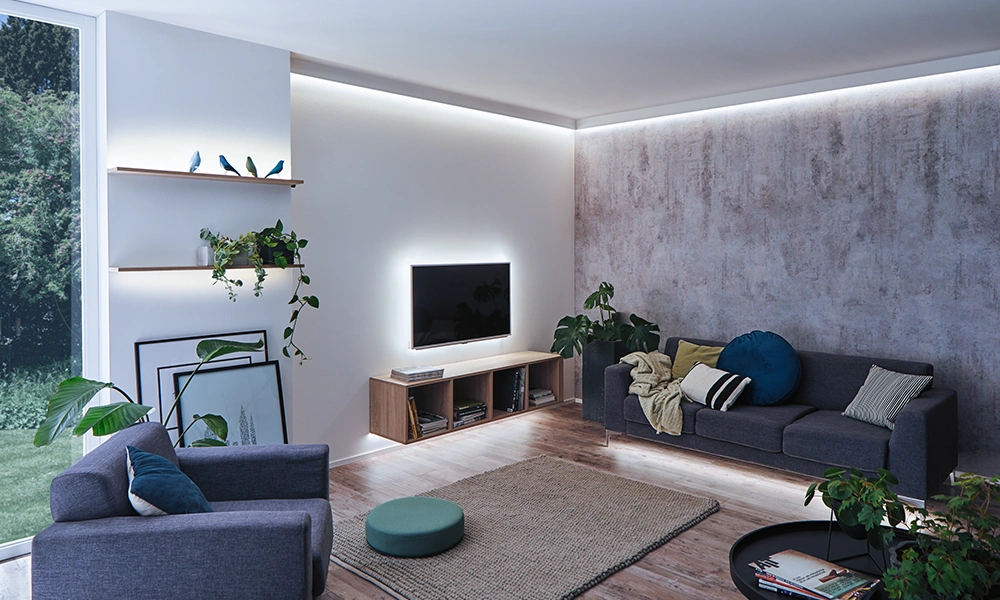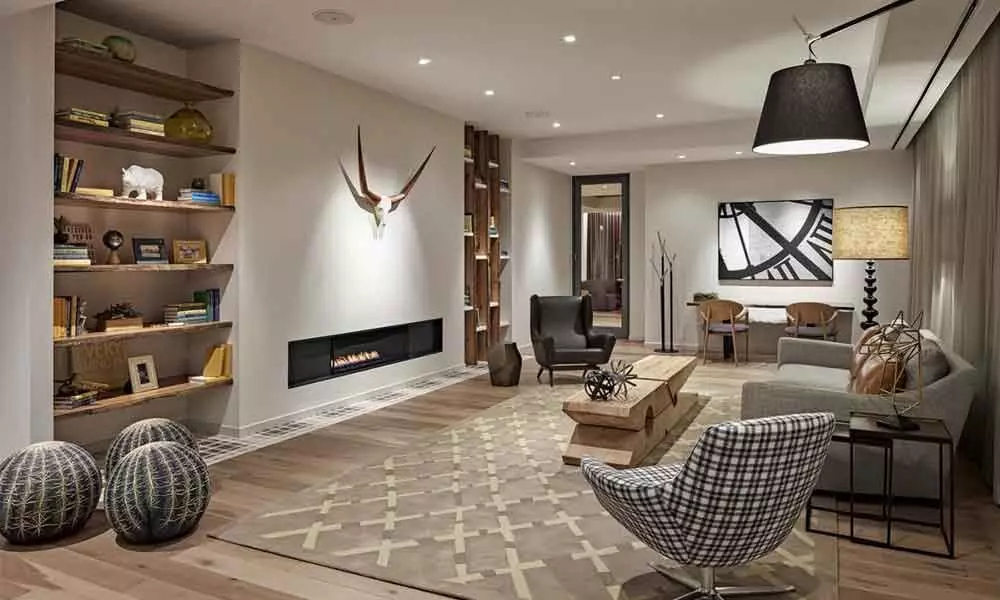Natural light has the power to transform your living space, making it feel brighter, more welcoming, and even larger than it actually is. For small spaces, this can be a game-changer. Daylight harvesting, or the practice of maximizing the use of natural light, is not only good for your home’s ambiance but also energy-efficient and kind to your wallet. But how can you harness the power of sunlight in a smaller home or apartment? With a few clever design tactics, daylight harvesting can become a seamless part of your space.
Here are five smart strategies to help you optimize natural light in small spaces.
1. Use Light-Reflecting Surfaces
One of the simplest ways to amplify natural light in a small room is by incorporating materials and colors that reflect rather than absorb light. Light walls, glossy finishes, and reflective decor can double the sunlight that enters your home, bouncing it around the room for an all-over glow.
Practical Tip:
Paint walls and ceilings in light shades, like white, pale gray, or soft beige, to maximize reflectivity.
Add mirrors strategically opposite windows to reflect and spread daylight. For instance, in a studio apartment, lean a large mirror against a wall to make the space feel brighter and more expansive.
Use glass, metallic, or glossy furniture pieces to subtly enhance the reflective effect.
2. Opt for Sheer, Lightweight Window Treatments
Heavy curtains or blackout blinds might make your room feel cozier at night, but during the day, they block natural light. For effective daylight harvesting, choose sheer or lightweight window treatments that allow sunlight to stream in while still maintaining privacy.
Practical Tip:
Go with sheer curtains in neutral tones or install roller blinds made of light-diffusing materials.
If you need more privacy on street-facing windows, consider frosted window films or perforated shades that still bring in natural light.

3. Declutter and Reorganize
Clutter tends to block pathways for light, collecting in areas that could otherwise amplify brightness. Keeping your space open and organized helps sunlight travel freely throughout the room.
Practical Tip:
Rearrange bulky furniture to allow more light to permeate the space. For example, avoid placing large bookshelves or sofas directly in front of windows.
Stick to multipurpose, low-profile furniture that doesn’t dominate the room or block natural light flow.
4. Choose Interior Glass Elements
Interior glass is an underrated method for daylight harvesting that fits perfectly in small spaces. Glass panels, doors, and even partitions allow light to pass through different zones in your home, maintaining an open and bright feel.
Practical Tip:
Install glass-panel doors for rooms that don’t directly face a window. For instance, a frosted glass door to a bathroom or hallway can ensure natural light reaches otherwise dark areas.
Consider glass partitions if you have a studio layout. They’ll divide areas like a bedroom or living space while letting the sunshine through.
5. Maximize Skylights and Solar Tubes
If you have the opportunity to make architectural changes, skylights and solar tubes can transform small, dark spaces. Skylights bring in overhead natural light, ideal for compact kitchens, bathrooms, or attics, while solar tubes are excellent for areas with limited roof access.
Practical Tip:
A skylight above a kitchen counter or dining area creates a natural spotlight during the day.
If your bathroom lacks windows, a solar tube can funnel sunlight from the roof directly into the space.
Enjoy Brighter Days
Daylight harvesting can turn even the smallest room into a space that feels open, airy, and inviting, all while helping you save on energy bills. Whether you’re creating a sun-soaked reading nook or simply trying to make your home feel lighter, these tactics ensure you’re making the most of the natural light available.
With the right materials, thoughtful placement of decor, and a bit of creativity, you’ll transform your small space into one that shines as bright as your design ideas.



Leave a Reply